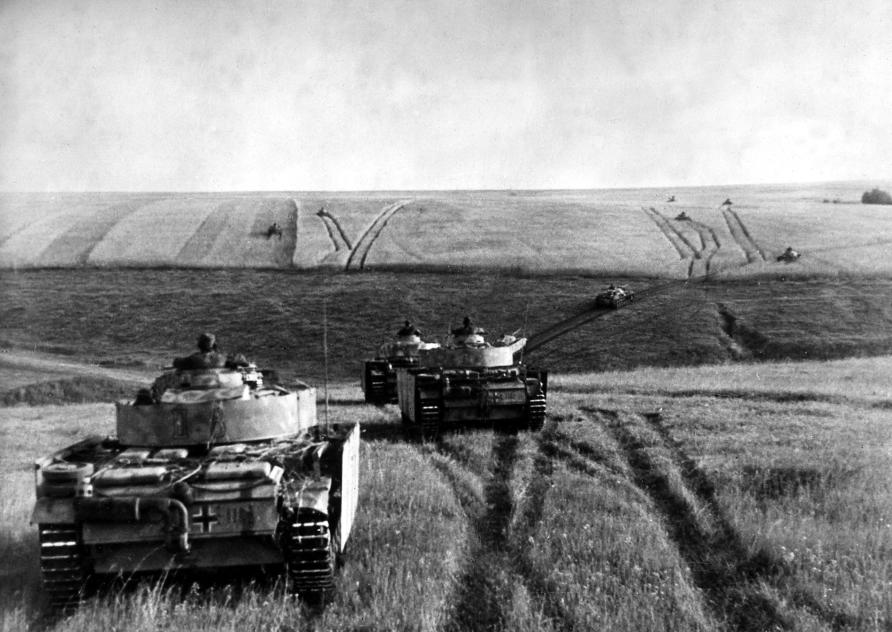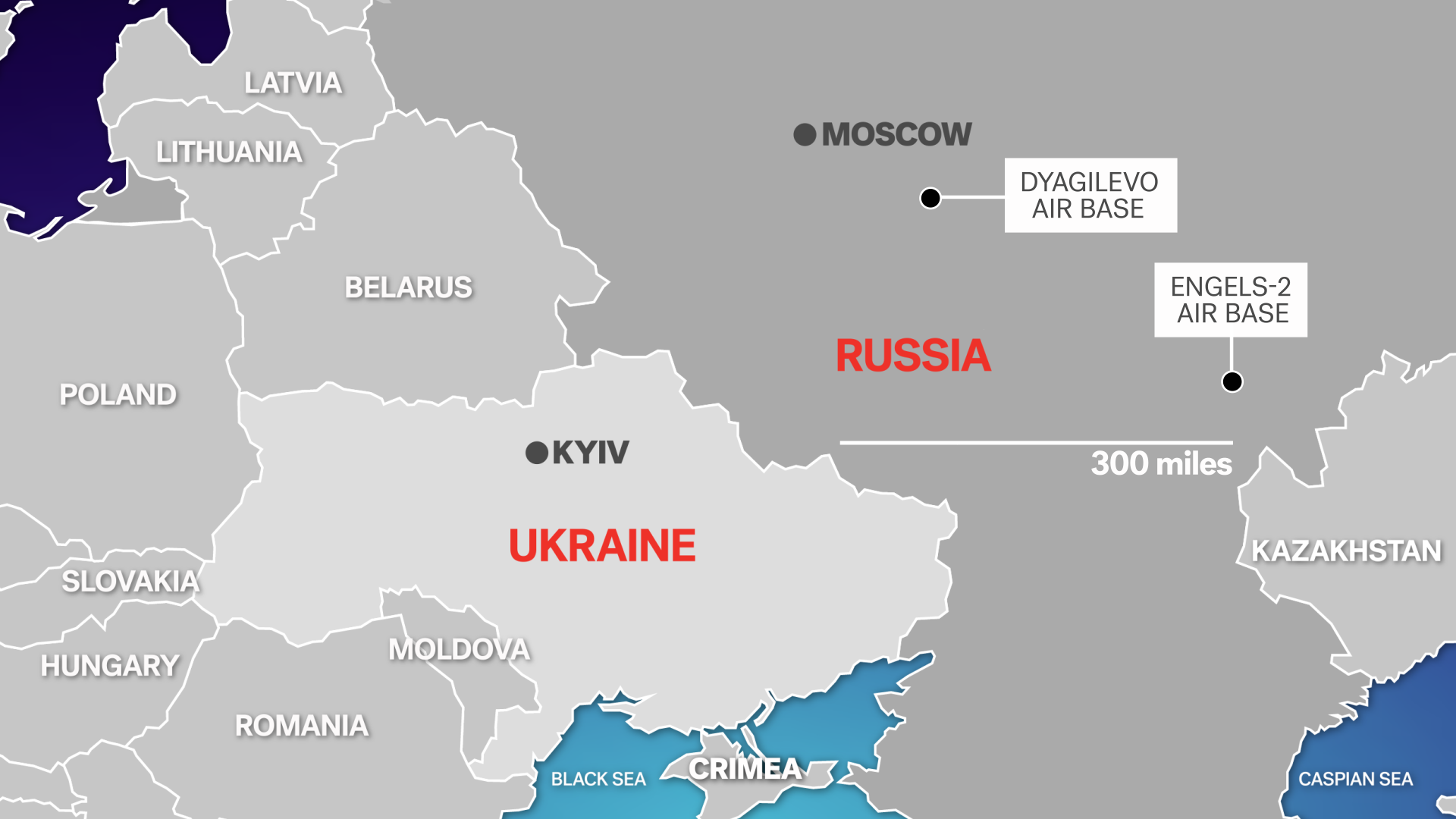The Kursk Region in the War: Russian Ukraine War Kursk

The Kursk region, located in southwestern Russia, has become a focal point in the ongoing conflict between Russia and Ukraine. Its strategic importance, stemming from its proximity to the Ukrainian border and its key infrastructure, has made it a battleground for both sides. The war has significantly impacted the region’s economy, infrastructure, and population, leaving lasting scars on its landscape and its people.
The Strategic Significance of the Kursk Region
The Kursk region’s strategic importance lies in its geographical location and its role in Russia’s logistical network. The region borders Ukraine, making it a crucial transit point for military equipment and supplies moving from Russia to the frontlines. Additionally, the region is home to vital infrastructure, including railroads, highways, and pipelines, which are essential for sustaining military operations.
Impact on the Region’s Economy, Infrastructure, and Population, Russian ukraine war kursk
The war has had a devastating impact on the Kursk region’s economy. The region’s agricultural sector, once a major contributor to Russia’s food production, has been severely disrupted. The conflict has led to the displacement of farmers, damage to agricultural infrastructure, and disruptions in supply chains. The region’s industrial sector has also been affected, with businesses forced to shut down or relocate due to security concerns and disruptions in energy supply.
The war has also caused significant damage to the region’s infrastructure. Roads, bridges, and railways have been damaged or destroyed in military operations, hindering transportation and economic activity. The region’s power grid has also been targeted, leading to power outages and disruptions in essential services.
The war has had a profound impact on the region’s population. Thousands of residents have been forced to flee their homes due to the fighting, seeking refuge in other parts of Russia. The conflict has also led to a rise in unemployment, poverty, and social unrest. The mental and psychological well-being of the population has also been affected by the ongoing violence and uncertainty.
Key Events and Battles in the Kursk Region
The Kursk region has witnessed several key events and battles since the beginning of the war. One notable event was the Battle of Kursk, a major tank battle that took place in 1943 during World War II. This battle, known as the “largest tank battle in history,” was a decisive victory for the Soviet Union and is considered a turning point in the war.
Since the beginning of the current conflict, the Kursk region has seen a number of skirmishes and military operations. The region has been used as a staging ground for Russian forces, and there have been reports of Ukrainian incursions into the region.
The Situation in the Kursk Region Before and After the War
Before the war, the Kursk region was a relatively prosperous and peaceful region in Russia. Its economy was based on agriculture, industry, and tourism. The region was known for its rich history, beautiful natural landscapes, and welcoming people.
The war has transformed the region into a battleground, marked by destruction, displacement, and uncertainty. The region’s economy has been devastated, its infrastructure damaged, and its population traumatized. The war has left a lasting impact on the region, and it remains to be seen how long it will take for the Kursk region to recover from the conflict.
The War’s Impact on the Russian Navy

The Russian Navy, once considered a formidable force, has faced significant challenges and setbacks during the war in Ukraine. The conflict has exposed vulnerabilities in its capabilities, deployments, and overall effectiveness, impacting its ability to project power and achieve strategic objectives.
Challenges in the Black Sea and Sea of Azov
The Black Sea and Sea of Azov have become focal points for naval operations during the war. The Russian Navy’s dominance in these waters, previously assumed, has been challenged by Ukraine’s defense efforts and the intervention of international partners.
- Limited Access and Operational Constraints: The Black Sea’s narrow straits and Ukraine’s coastal defenses have restricted Russian naval movements, limiting its ability to deploy large warships and aircraft carriers. The sinking of the Moskva, the flagship of the Black Sea Fleet, in April 2022, further highlighted the vulnerability of Russian warships to Ukrainian missile attacks.
- Anti-Ship Missiles and Coastal Defenses: Ukraine’s deployment of anti-ship missiles, such as the Neptune, has inflicted significant damage on the Russian fleet, forcing it to operate cautiously and at a distance from the Ukrainian coast. Moreover, Ukraine’s coastal defenses, including land-based missile systems, have created a formidable obstacle for Russian naval operations.
- International Support for Ukraine: The provision of advanced weaponry, including anti-ship missiles and drones, by international partners has significantly enhanced Ukraine’s naval capabilities, further limiting Russian naval dominance. The presence of NATO warships in the Black Sea, while not directly engaging in combat, has served as a deterrent and a source of support for Ukraine.
The Role of the Russian Navy in Supporting the War Effort
Despite the challenges, the Russian Navy has played a crucial role in supporting the war effort, primarily through:
- Naval Blockade and Sea Control: The Russian Navy has imposed a naval blockade on Ukrainian ports, restricting access for commercial shipping and humanitarian aid. This has had a significant impact on Ukraine’s economy and its ability to receive vital supplies.
- Missile Strikes and Air Support: Russian warships have launched cruise missiles against targets in Ukraine, including infrastructure and military facilities. They have also provided air support for ground operations, deploying helicopters and fixed-wing aircraft to conduct reconnaissance and attack missions.
- Landing Operations: The Russian Navy has conducted amphibious landings in the south of Ukraine, aiming to secure strategic coastal areas and establish a land bridge to Crimea. These operations have faced stiff resistance from Ukrainian forces, highlighting the limitations of the Russian Navy’s amphibious capabilities.
Timeline of Significant Events
- February 24, 2022: The Russian invasion of Ukraine begins. The Russian Navy launches missile strikes against Ukrainian naval bases and coastal targets. The Black Sea Fleet begins imposing a naval blockade on Ukrainian ports.
- April 13, 2022: The Moskva, the flagship of the Black Sea Fleet, is sunk by Ukrainian missiles. This event marks a significant blow to the Russian Navy and raises concerns about the vulnerability of its warships.
- August 2022: The Russian Navy conducts a series of missile strikes against Ukrainian infrastructure, targeting grain silos and other facilities crucial for food exports. This action further escalates tensions and underscores the role of the Russian Navy in the war effort.
- October 2022: Ukraine launches a series of successful counteroffensives, reclaiming territory in the south and east of the country. The Russian Navy is forced to withdraw some of its forces from the Black Sea, highlighting the effectiveness of Ukrainian resistance and international support.
- December 2022: The Russian Navy continues to support the war effort, conducting missile strikes and providing air support for ground operations. However, its ability to operate effectively in the Black Sea remains constrained by Ukrainian defenses and international pressure.
Russian ukraine war kursk – The Kursk region in Russia has been heavily impacted by the war in Ukraine, with reports of civilian casualties and infrastructure damage. It’s a far cry from the excitement surrounding the Powerball lottery, where someone recently struck it rich – where was winning powerball ticket sold.
Meanwhile, the conflict in Ukraine continues, with the Kursk region serving as a key logistical hub for the Russian military.
